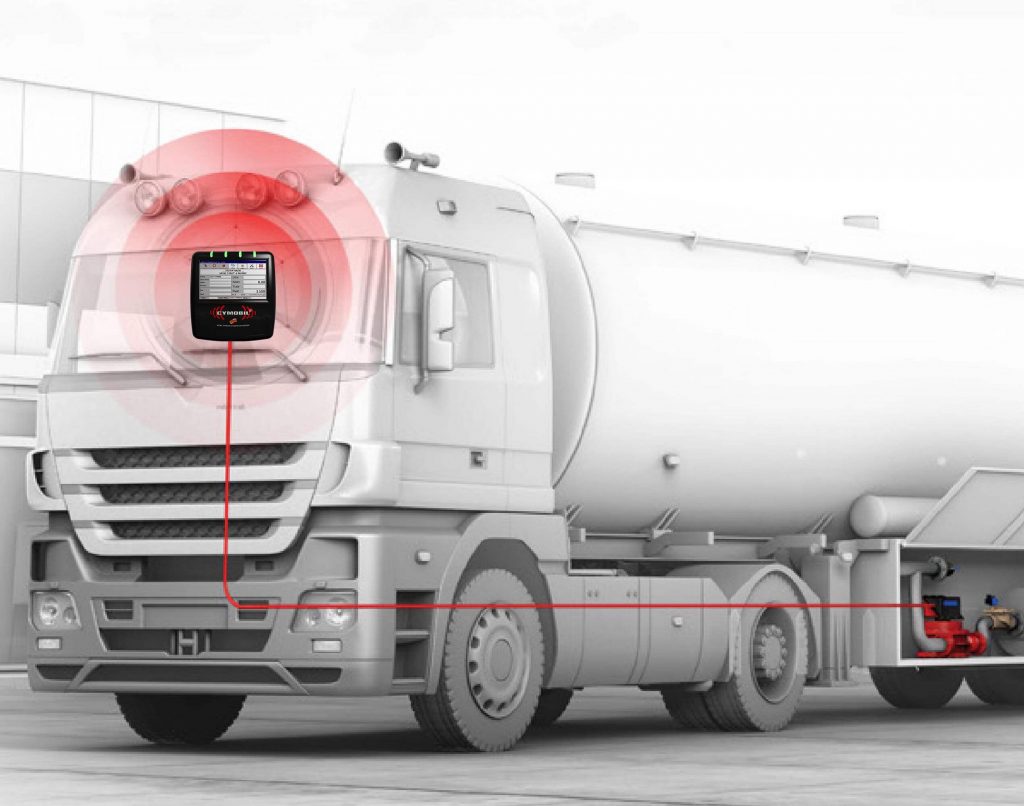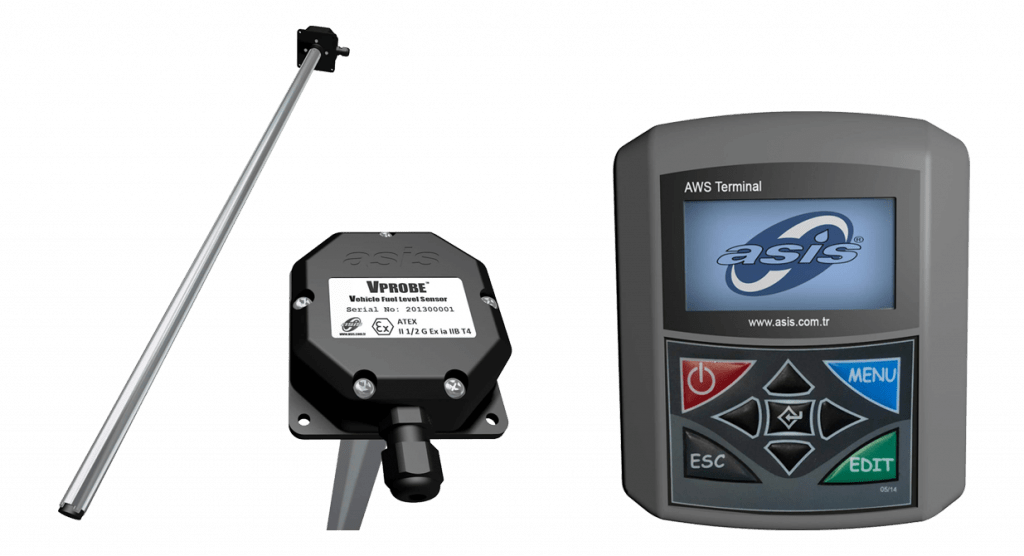Tanker Automation Systems
Manage and automate fuel-supply and fuel-distribution tankers easily to allow for supplying fuel, refueling or selling like a mobile fuel station, especially in the field, construction sites and rural areas.
Tanker Automation System
Asis tanker automation systems have been developed for 2 different solutions as to supply and distribute fuel. In fuel-supply tanker automation system; fuel tankers are allowed to sell like a mobile fuel station. It is an ideal solution to manage tankers supplying fuel vehicles in the field, construction sites and rural areas. In fuel-distribution tanker automation system; distribution companies can manage fuel supply to stations, with amount, place and point. It is a highly functional system for optimization and efficiency in distribution companies that perform supply management centrally. It is an automation system that allows fuel tankers to sell like a mobile station. It is an ideal solution for refueling especially in the field, construction sites and rural areas.

System Basics
Stations enter fuel orders through our central system, and orders are assigned to tankers as work orders, by distributer company authorized staff with electronic work orders. Dealers can also view order history information via the system.
With the integration of the central system with the distributor company’s ERP system, orders entered by the dealer are controlled by electronic credit before the work order is assigned to the tankers. The supplying process of the dealers whose credits are eligible continues through the system.
Orders with approved credit will be assigned to the tankers as work orders via the system by the distributer company’s authorized staff. This way, how much refueling any tanker will make to which station(s) will be conveyed to the automation system in the tankers.
Supplies made to the tankers at filling facilities are entered into the tanker through the system. All the supplies made by the tankers to the stations are deducted from the purchases of the filling facility and the amount of fuel on the back of the tanker is continuously reported. In this way, efficiency in tanker supply programs is increased.
Fuel supplies can be managed by the automation system using a solenoid valve added to the mechanical installation on the tankers.
The electronic counters installed by removing mechanical counters make the system suitable for use with automaton system. The electronic counters managed by the automation system record the fuel supply data automatically, allows supplying fuel using preset values, and enables control of unit prices electronically.
The automation system installed inside the driver’s cabin of tankers has an industrial architecture, and allows users to manage the system easily using the large and touch-screen display. In addition to fuel supply start and stop functions, it also has many functions such as communication with the center, generating fuel supply reports, fuel supplies using cards, etc. The embedded 3G modem allows communication with the center.
Due to receipt printer, which can be added to the system optionally, the system can print the supply receipt, dispatch note, invoice after each supply. If the invoice and waybill are barcoded, the possibility of making a mistake is eliminated by reading the waybill and invoice barcode / QR code reader printed on the system by the tanker driver.
The systems carry out end-of-day process in tanker fleets managed centrally. In cases where the tankers are inoperative at the time of the end-of-day process, the optional AWS system turn the system on at a specific time for end-of-day process, and then safely turns off the system automatically after completion of the process. Thus, the system operates in such a way that the end-of-day process can be performed without exhausting or damaging the batteries of tankers.
System already integrated with many known counter brands. If documentation and simulators of non-integrated brands provided, they will be integrated into the system in a short time. In all tanker automation models, the amount of fuel supplied from the register is automatically recorded by the tanker automation system. In dispatching tankers, the ordered amount sent to the counters and the supply is made as the approved credit amount.
Totalizer data on each register is transferred to the system after each sales transaction. Any differences between the delivered amount and the totalizator value are identified and reported by the system.
Unit prices can be changed right on the system, without a requirement to change the unit price on each register. All price changes can be reported in the system on user basis.
Automation software at the stations can be updated automatically by the Central Management System. The need for continuous improvement of both station automation systems and central systems according to customer and market demands is emerging. The fact that the stations can be located in different locations and / or the number of centrally managed stations both extends the operation of the systems on site and increases the service costs. Thanks to the ability of Asis automation systems to be updated automatically remotely, these operations can be carried out both costlessly and very quickly.

